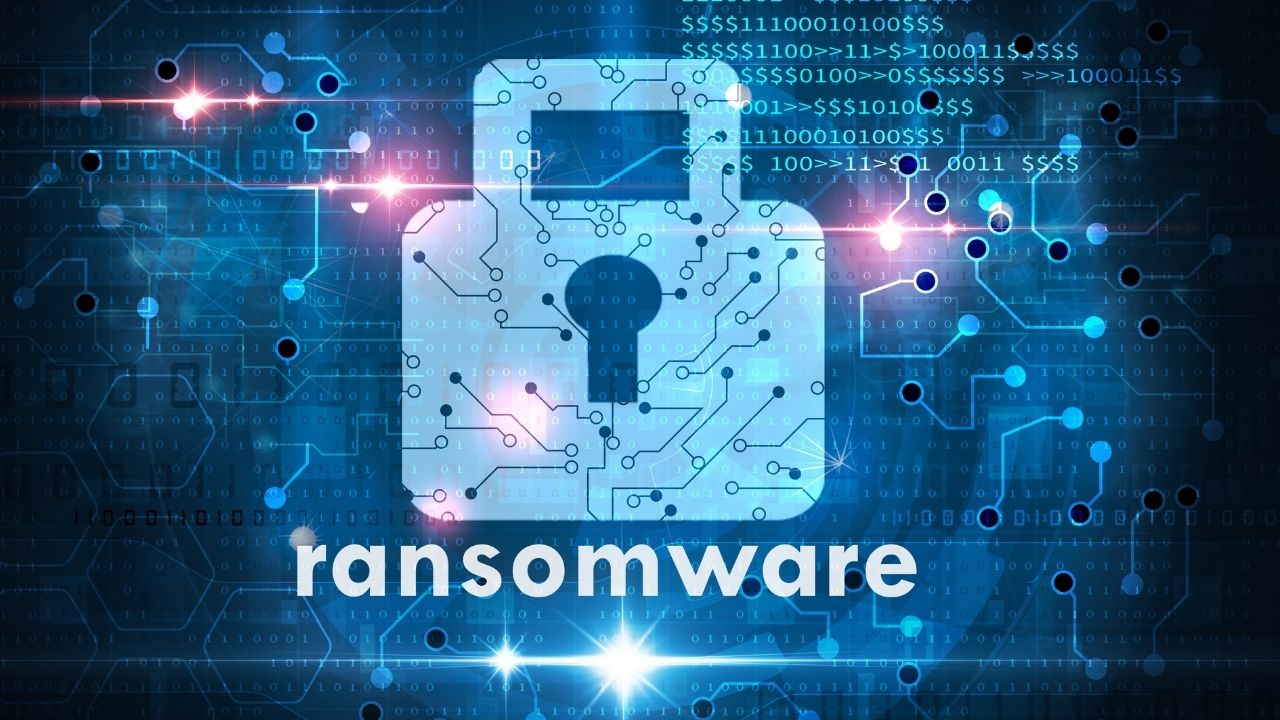The biggest fear around ransomware is losing essential files. However, its effects go way beyond that.
Users have their devices infected by ransomware in various ways, mainly through exposure to different cyber threats. Cybercriminals come up with new methods to deceive users and hook them into revealing their valuable data to hackers or downloading infected files into their machines. And since ransomware is one of the easiest cyber-attacks to deploy, hackers usually choose it for their malicious activities.
Unfortunately for users, ransomware is one of the most severe cyber-attacks that can damage the entire system, encrypt all the files, and block access to the most sensitive data, either personal or professional. While it’s difficult to deal with ransomware once it’s deployed, it’s quintessential to establish super-safe security measures and prevent the onset of ransomware and its consequences.
In this article, we’ll talk about ransomware and the ways it affects your system. Stay tuned!
What is Ransomware, and How Does It Affect My Files?
Ransomware works by encrypting the user’s valuable files, or, in some cases, the entire system. In order to give them back to the victim, cybercriminals require substantial amounts of money (ransom). However, even the payment doesn’t guarantee that the user gets their files back – in most cases, the hacker flees right after the payment has been made, without providing the key. So, paying the ransom is never a good solution.
What to do then?
As we already mentioned, it’s very difficult to deal with ransomware once it’s inside the system. For that reason, it’s critical to ensure that the system is well-protected and has all the best protection measures in place so that nasty cyber threats like ransomware cannot be executed in the system. Since passwords are often the weakest link in the cybersecurity chain, it’s essential to enhance them first. One of the best ways to strengthen your password protection is to install and use some of the best password managers. A password manager is a feature-rich tool that allows you to create, store, and share super-strong passwords with the rest of your team, ensuring all your sensitive files are 100% safe from brute force attacks or similar threats that open the door to further attempts of cybercrime. By using the latest password manager, you have the opportunity to generate strong, impossible-to-break passwords that protect your vital accounts and files from a broad range of threats, reducing the risk of ransomware and similar exposures.
Now that you know some potential risks and issues caused by ransomware, it’s time to provide a more in-depth explanation of how it affects your system and overall cyber protection.
Ransomware and Security
When ransomware attacks a private user and their personal network, the damage may be huge. But imagine what happens when such a severe cyber-attack enters corporate systems and networks, which often contain sensitive and confidential files whose exposure may become a significant vulnerability for a company’s security.
Another issue that affected companies face is blackmail. Hackers are aware that companies are concerned about their data safety and that they’re ready to do everything to get those files back – even paying the ransom. However, it opens the door to further problems that affect the company’s reputation, relationship with clients, and valuable partnerships. Truth be told, no one trusts a company with questionable cybersecurity.
Hackers that target corporate networks often start with a simple phishing email, trying to trick the employees into revealing their sensitive data to an unreliable source. If an employee lacks basic knowledge about the most common cyber threats, they might fall into the trap easily. For that reason, it’s essential that companies provide regular employee training to educate their staff about cybersecurity risks and the best ways to mitigate them. That way, neither ransomware nor other attacks could harm their systems and steal valuable data.
Prevention: The Only Way to Protect Yourself from Ransomware
Hackers use strong end-to-end encryption to lock the user’s system and files. That means that no one but the hacker knows the key to unlock infected data. Knowing that attackers ask for money in exchange for the key, desperate victims are sometimes ready to pay them. Unfortunately, scammers rarely keep the promise and either send the wrong key or don’t send it at all.
Some anti-ransomware solutions offer keys for specific encryption models, but it rarely works on new and comprehensive attacks. Generally, if you don’t have a backup in place, you can say goodbye to your files and anything else affected by this nasty attack. But if you have a backup, you can simply restore your data and become more cautious in the future.
The truth is that we cannot rely on these solutions since they work only under particular circumstances. Instead, what we can do to ensure optimal protection from ransomware is to focus on prevention and education. Let’s dig deeper into it.
- Implement comprehensive cybersecurity tools and active monitoring to detect any anomalies that could affect your corporate servers and networks. This is essential for companies dealing with a great load of data whose exposure and loss could be perilous.
- Backup your files regularly. Although most users ignore this step as it might interfere with their daily tasks, a data backup can save you from a total data loss. Find a backup solution that works best for you, and don’t leave things to chance, whether you’re a private or a business user.
- Keep your systems updated. System updates are another step that’s underrated for the same reason as a backup – it might be annoying for an average user. However, regular system updates come with more advanced security patches that improve software protection and keep it safe from cyber threats. Besides, don’t forget that outdated systems are more prone to cyber-attacks.
Conclusion
Ransomware is a severe issue whose effects go beyond file loss. It may hijack the user’s or the company’s entire system, putting their privacy and reputation and risk and leaving long-term consequences that cannot fade overnight. Therefore, it’s essential to pay attention to prevention and strengthen our systems using the best protection methods – that’s the only way to prevent ransomware or any other cyber risk that leads to more severe problems.







